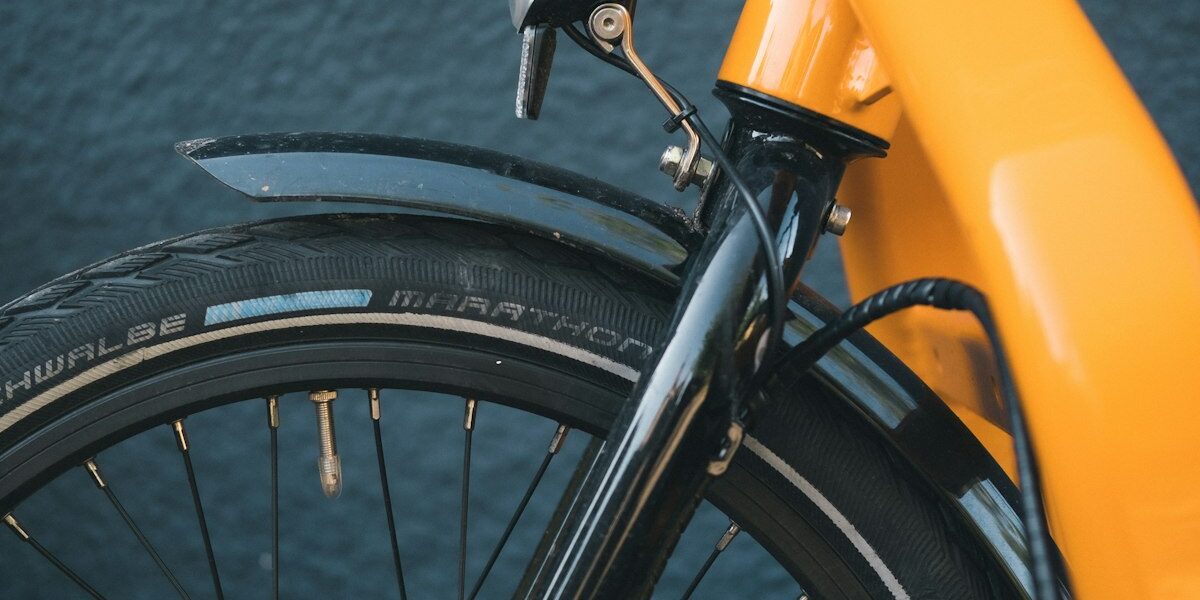DIY Guide to Bike Care
DIY Guide to Bike Care
Cleaning Your Bike
Proper cleaning is crucial. Dirt and grime can damage your bike over time. Start with a gentle rinse to remove loose debris. Use a mild soap and water mixture along with a soft brush. Scrub the frame, wheels, and drivetrain parts carefully. Rinse off the soap thoroughly and dry with a clean cloth to prevent rust.
Lubricating the Chain
A well-lubricated chain runs smoothly. First, clean the chain with a degreaser to remove old lubricant and dirt. Apply a small amount of bike-specific lubricant to each link. Wipe off excess lubricant with a rag to prevent dirt buildup. Regular lubrication extends the lifespan of the chain.
Inspecting Brake Pads
Worn-out brake pads are dangerous. Check the pads regularly to ensure they are not too thin. If the grooves are nearly gone or you hear a squealing noise, it’s time to replace them. New brake pads enhance stopping power and safety.
Checking Tire Pressure
Proper tire pressure improves ride quality and prevents flats. Check the recommended pressure on the tire sidewall. Use a reliable pump with a gauge to measure accurately. Maintain pressure according to riding conditions and load. Under-inflated tires make pedaling harder, while over-inflated tires can blow out.
Adjusting Gears
Misaligned gears lead to poor performance. Place the bike on a stand to spin the wheels freely. Shift through each gear to see if it changes smoothly. Use the barrel adjuster to fine-tune the cable tension. Refer to your bike’s manual for specific instructions if needed. Precision in gear adjustment offers a smoother ride.
Tightening Bolts
Loose bolts can cause accidents. Regularly check and tighten all bolts using a torque wrench. Focus on the stem, handlebars, and seat post. Ensure they’re snug but do not over-tighten. Following the manufacturer’s torque specifications helps in maintaining safety.
Maintaining the Drivetrain
The drivetrain requires regular attention. Begin with a deep clean of the cassette, chainring, and derailleur pulleys using a brush and degreaser. After cleaning, lubricate moving parts. This practice reduces wear and keeps shifting efficient.
Inspecting the Frame
Check the frame for any signs of damage. Look for cracks, dents, or unusual creaks while riding. Even small issues can become major problems. If you find any, visit a professional mechanic for an in-depth inspection and possible repairs.
Wheel Truing
Wobbling wheels affect performance. Check the wheel alignment by spinning it and observing any side-to-side movement. Use a spoke wrench to adjust the tension. This process requires precision, so if unsure, seek professional help to avoid damaging the wheel.
Replacing Cables
Old cables stretch and fray, affecting shifting and braking. Inspect cables for wear and replace them if they appear damaged. Use fresh housings and ensure smooth movement. Proper cable maintenance ensures responsive brakes and accurate gears.
Caring for Suspension
If your bike has suspension, regular maintenance is key. Clean the stanchions and check for leaks. Lubricate the seals and follow the manufacturer’s service intervals. Neglect can lead to poor performance and expensive repairs.
Pre-Ride Checklist
Conduct a quick check before every ride. Verify tire pressure, brake functionality, and gear shifting. Ensure the chain is clean and lubricated. Check for any loose components. A thorough pre-ride check enhances safety and ride quality.
Basic Tool Kit
- Hex wrenches (Allen keys)
- Torque wrench
- Chain tool
- Spoke wrench
- Tire levers
- Pump with gauge
- Lubricant
- Rags and brushes
Having these tools easily accessible makes maintenance straightforward.
Winter Storage Tips
If storing your bike during winter, clean it thoroughly. Lubricate the chain and moving parts. Store in a dry place to avoid rust. Inflate the tires to prevent flat spots. Hanging the bike can save space and reduce pressure on the tires.
Common Problems and Solutions
Address common issues such as flat tires, loose chains, and misaligned brakes promptly. Knowing how to fix these can save time and prevent bigger problems.
Learning Resources
Many informative resources are available online. Watch video tutorials, join forums, and read blogs. These can help explain complex repairs and provide tips to improve your skills.
Importance of Regular Maintenance
Regular maintenance cannot be overstated. It improves performance, extends the lifespan of your bike, and ensures safety during rides. Schedule regular checks and maintenance to keep your bike in top condition.
“`




Subscribe for Updates
Get the latest articles delivered to your inbox.
We respect your privacy. Unsubscribe anytime.